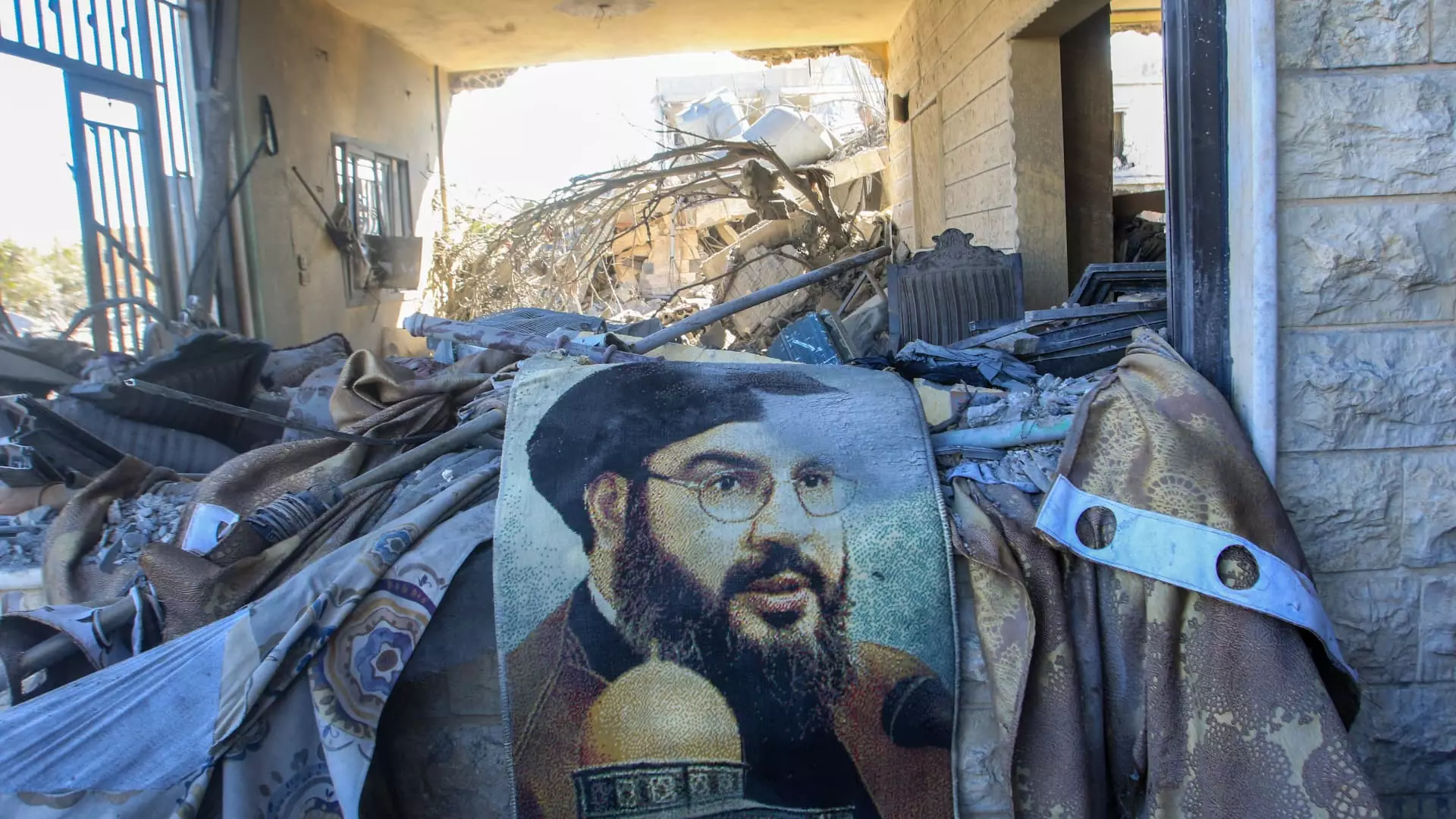The ongoing turmoil between Israel and Hezbollah has reached a new critical juncture, underscored by the recent airstrikes targeting potential successors of the Hezbollah leadership and a marked escalation of violence in Lebanon. The geopolitical implications are vast, with ripples affecting both local and international stakeholders.
Recent Israeli military operations have brought about significant shifts in the command structure of Hezbollah following the assassination of its long-term leader Sayyed Hassan Nasrallah. Reports suggest that Hashem Safieddine, widely perceived as a possible successor to Nasrallah, has not been publicly seen since an Israeli airstrike on his presumed location. This development raises questions regarding the internal stability of Hezbollah and its strategic direction. As Israel continues its campaign against Iranian-aligned entities, the removal of key figures within Hezbollah threatens to destabilize the fragile equilibrium in the region.
Israeli officials have confirmed ongoing operations targeting Hezbollah’s intelligence infrastructure, emphasizing that this is a focused strategy aimed at disabling the group’s command capabilities. The recent airstrikes, particularly concentrated in Beirut’s southern suburbs, have been described as an effort to dismantle Hezbollah’s operational framework, highlighting the group’s vulnerability amidst Israel’s aggressive military posture.
While strategic objectives drive military engagements, the human toll remains staggering. The airstrikes in Dahiyeh have not only devastated this area, a stronghold of Hezbollah, but have also inflicted heavy casualties on civilians. Reports indicate that hundreds of Lebanese lives have been lost, with entire communities displaced as a result of relentless bombing campaigns. The situation in Lebanon is dire, with estimates suggesting that close to a quarter of the population has been uprooted from their homes due to the ongoing violence.
Moreover, the recent attacks on Palestinian refugee camps in Tripoli have further exacerbated tensions, with civilian casualties including entire families. The escalations present a grim picture where military objectives overshadow humanitarian considerations, leading to potential long-term ramifications for societal cohesion in Lebanon and the wider region.
The conflict is not limited to the Israel-Hezbollah dynamic but is also part of a larger narrative involving Iran’s influence in the region. Iran’s backing of both Hezbollah and Hamas complicates matters, as recent missile launches from Iranian territory serve as a stark reminder of the broader stakes involved. Tensions with Iran have escalated post airstrikes, with the fear of a potential retaliatory cycle looming large.
Israel’s military strategy appears increasingly aggressive, reflecting concerns over the perceived strength of Iranian proxies along its northern borders. In response, Iranian forces have been reported to bolster their presence both in Lebanon and Syria, which introduces a potential for wider regional engagement, drawing in additional international actors, including the United States.
As Israel intensifies its military operations, the international community watches closely. U.S. involvement becomes prominent as President Joe Biden emphasized caution in escalating military actions against Iran’s strategic assets such as oil facilities. Realistically, the balance of power within the Middle East is under constant flux, and any miscalculation could lead to unintended escalation.
Furthermore, with key dates marking escalations, particularly the anniversary of Hamas’ lethal attack on Israel, the potential for further violence remains high. Heightened vigilance on both sides will be necessary to navigate this volatile landscape. Events in the coming weeks and months will dictate not only the fate of Hezbollah but also that of Israel’s long-term security and regional stability.
As the situation deteriorates, a call for de-escalation and diplomatic engagement is more critical than ever. The humanitarian crisis unfolding necessitates urgent attention and comprehensive solutions that address both immediate needs and long-term challenges. The continuous cycle of violence, reciprocated by military responses, must give way to strategies aimed at dialogue and reconciliation to secure lasting peace in the region. Without such measures, the prospects of enduring instability remain high, signaling potential crises that could engulf broader international communities.

Leave a Reply